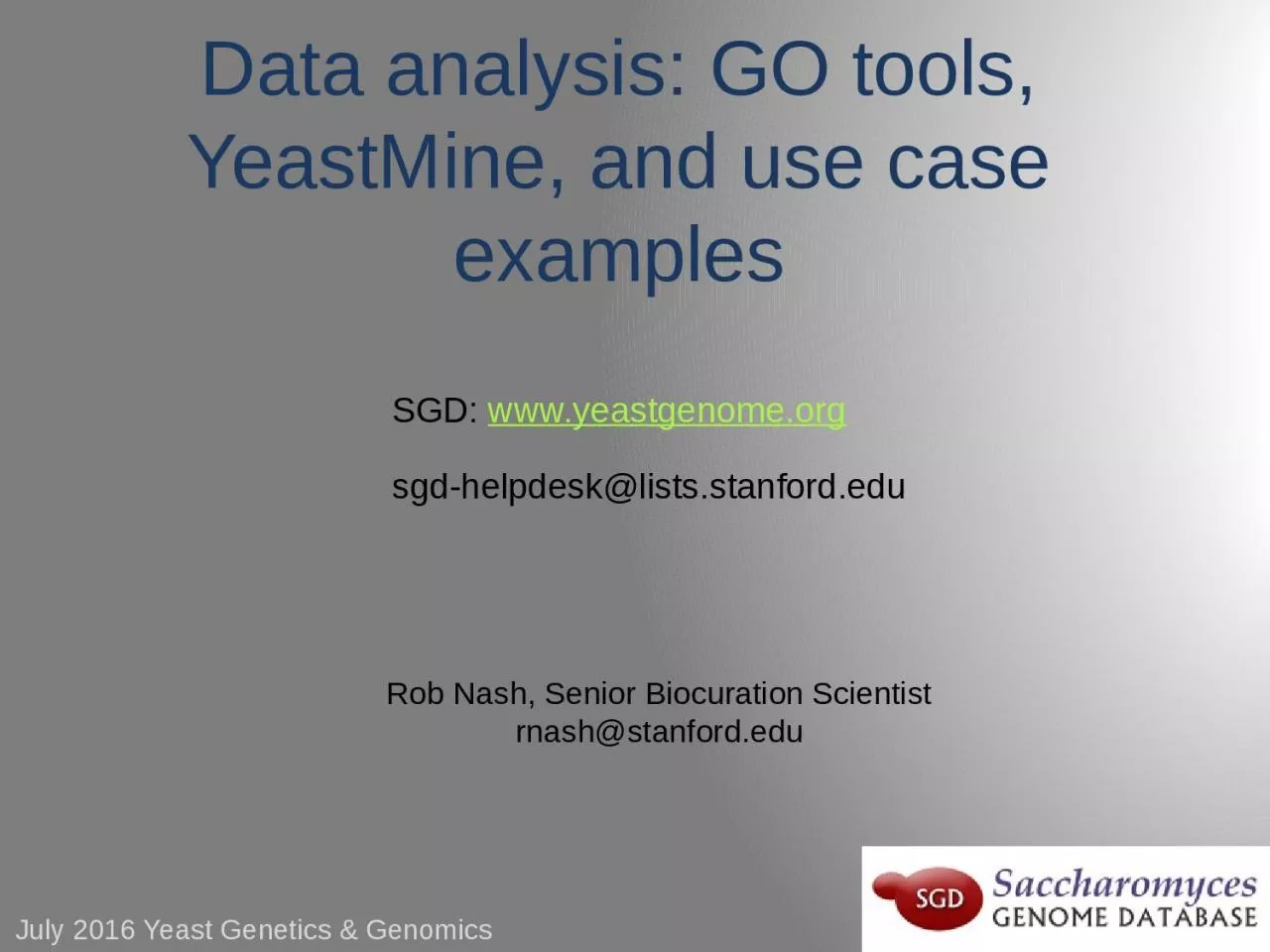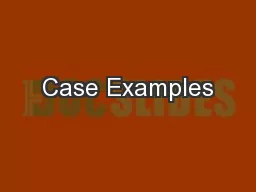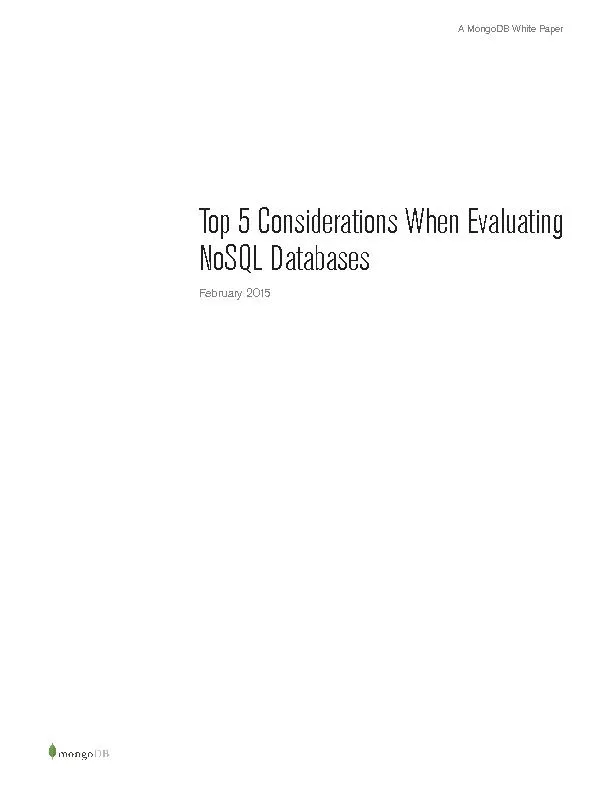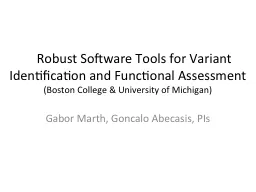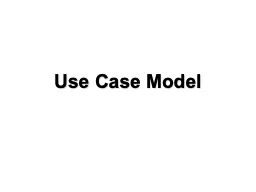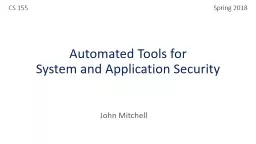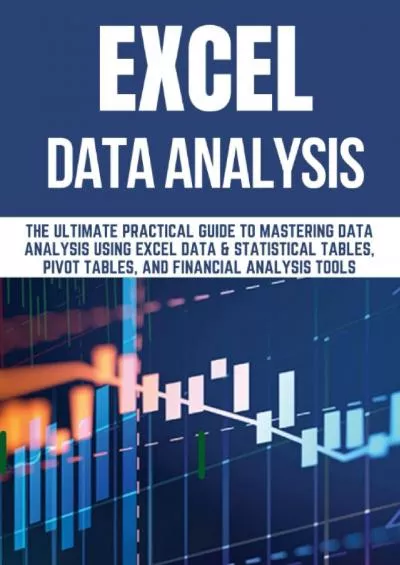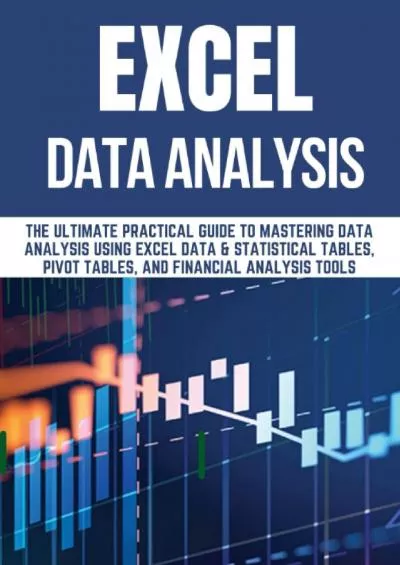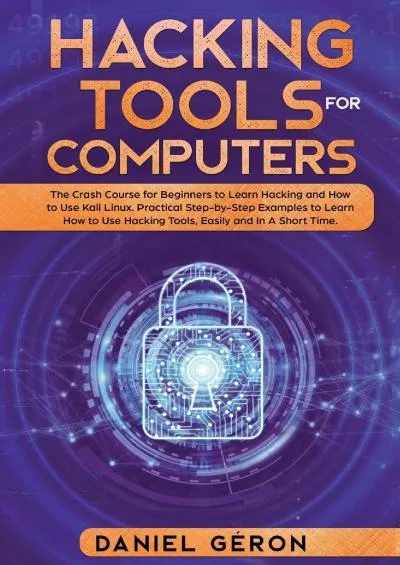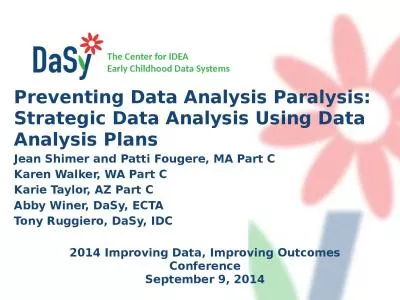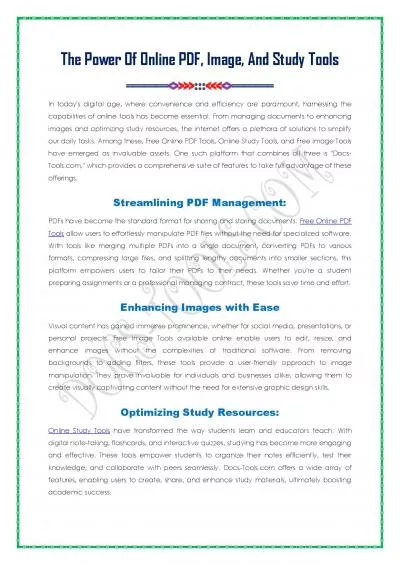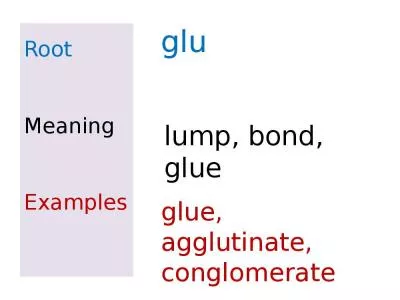PPT-Data analysis: GO tools, YeastMine, and use case examples
Author : PeacefulPenguin | Published Date : 2022-08-03
SGD wwwyeastgenomeorg sgdhelpdesklistsstanfordedu Rob Nash Senior Biocuration Scientist rnash stanfordedu How to leverage data rich SGD 99700 GO annotations manual
Presentation Embed Code
Download Presentation
Download Presentation The PPT/PDF document "Data analysis: GO tools, YeastMine, and ..." is the property of its rightful owner. Permission is granted to download and print the materials on this website for personal, non-commercial use only, and to display it on your personal computer provided you do not modify the materials and that you retain all copyright notices contained in the materials. By downloading content from our website, you accept the terms of this agreement.
Data analysis: GO tools, YeastMine, and use case examples: Transcript
Download Rules Of Document
"Data analysis: GO tools, YeastMine, and use case examples"The content belongs to its owner. You may download and print it for personal use, without modification, and keep all copyright notices. By downloading, you agree to these terms.
Related Documents

